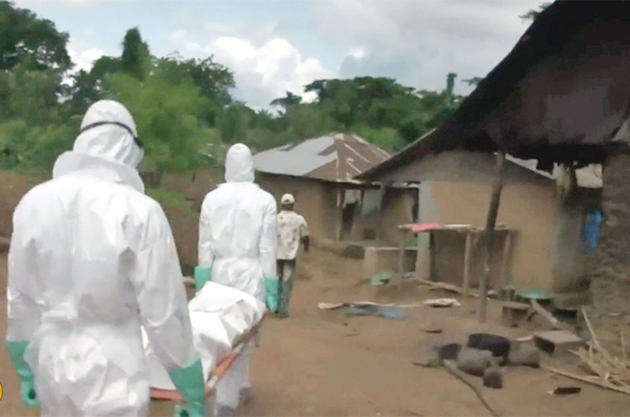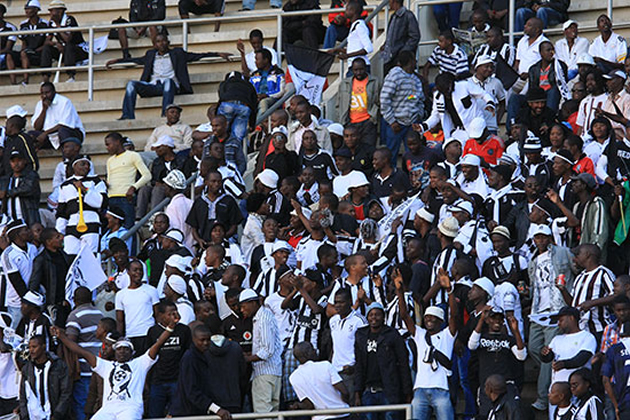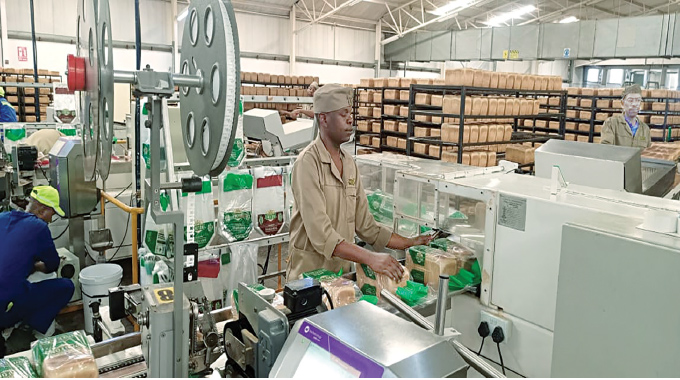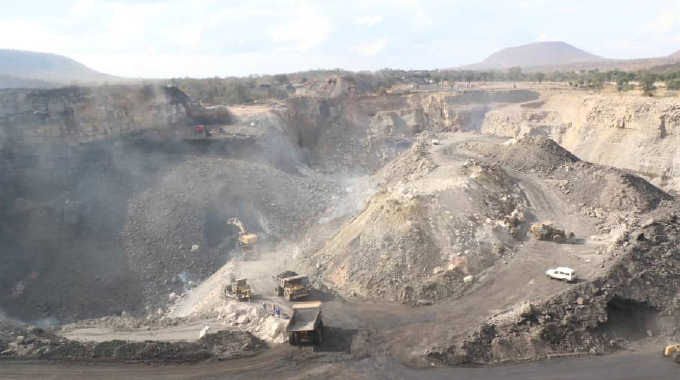Power production levels critical

Oliver Kazunga and Charity Ruzvidzo Business Reporters
ZIMBABWE’S electricity generation has dropped to 806 megawatts from all the five power stations beginning Monday following a technical glitch at Hwange Thermal Power Station and maintenance works at other plants.
The five stations – Hwange Thermal, Kariba Hydro Station and the three small thermals in Bulawayo, Harare and Munyati, generate 1,300 megawatts on average against a national demand of 2,200 megawatts.
According to the Zimbabwe Power Company (ZPC), the country is only importing 50 megawatts from Hydro Cahora Bassa in Mozambique to augment local production.
The remaining gap is explained by the incessant power outages, which increased at the weekend following the technical disturbances.
Hwange Thermal Power Station, with an installed total capacity of 920 megawatts, was producing only 20 megawatts as of Monday. “There was a station blackout following a system disturbance on October 19, 2014 that took out Sherwood 1 and 2 and Insukamini feeders and tripped all five units that were in service. The station returned to service on Monday with unit five on load. The unit is still picking up load,” said the company yesterday.
Unit four, which was taken out of service on October, 10, 2014, remains out of service for major overhaul until January 17, 2015.
Kariba Power Station is presently generating 732 megawatts against its installed capacity of 750 megawatts.
“Unit three was taken out of service on October 16, 2014 for brush gear maintenance. The unit returned to service on October 17, 2014,” said ZPC.
The country’s sole power producer indicated that power generation at small thermal power stations was low due to ongoing maintenance works.
The thermal power stations – Harare, Munyati and Bulawayo – were as of Monday, producing 20 megawatts, 26 megawatts and eight megawatts respectively.
This was against their installed capacity of 90 megawatts for Bulawayo, Munyati 100 megawatts and Harare, which had an initial installed capacity of 75MW but was de-rated to 20MW due to uneconomical units.
“Bulawayo Thermal Power Station was shut down on October 17, 2014 due to insufficient boiler plant after boiler six developed a grate jam. The station returned to service on October 20, 2014 with boilers seven and eight and generator three on load. Boiler six is on grate repairs, boiler five is on statutory inspection,” said ZPC.
The power utility said Munyati Power Station was under maintenance with boiler five taken out of service on October 20, 2014 for various offload defects.
It said boiler six was currently out of commission while boiler eight was on grate repairs and statutory works with boiler nine on external cleaning.
The industry is already losing out prime production moments due to the biting power outages sweeping across the country, with workers spending the bulk of working time doing nothing.
A group of company executives yesterday stormed Zesa regional offices in Bulawayo in the morning to seek clarity over continued load-shedding after reports that nearly 30 firms in Belmont had been removed from the industrial and transferred to the residential grid.
One of the company executives who spoke to Business Chronicle on condition of anonymity said the increased load-shedding was affecting their operations.
“For more than six years now we’ve been having power cuts at the same level as the residential areas. This has greatly inconvenienced our operations since we need more electricity to produce. We engaged Zesa once about the issue but nothing changed, it actually got worse,” said the official.
It could not be established what was discussed in the meeting as it was closed.
Zimbabwe National Chamber of Commerce chief economist Kipson Gundani said load-shedding was negatively impacting on industry.
“Zesa’s load-shedding is not in line with the government’s thrust to improve production in industry. It increases the cost of production as industries will be forced to seek other means of power generation,” he said.
Another economic analyst, Dr Davison Gomo, said: “Power cuts need to be dealt with at a national level. There is need to invest in our power generation stations to ensure they’re capable of producing enough for the nation. Industry shouldn’t be placed under a residential power cut schedule as this affects productivity. The employees are also affected. If the company can’t produce to its maximum, it means paying them becomes a problem.”
Energy and Power Development Minister Dzikamai Mavhaire and his Permanent Secretary Patson Mbiriri could not be reached for comment as their mobile phones repeatedly went unanswered.
It is, however, hoped that power production would improve in the few coming years given the multi-million dollar power projects at Kariba South Extension, Hwange Unit seven and eight, new power stations in Gwayi and the 15 independent power producers whose projects have commenced.
Meanwhile, Zesa says it is owed $900 million in unpaid bills.











Comments